Can Teak Wood Get Wet?

Teak is a type of hardwood found in tropical parts of Asia. This means it contains natural oils that protect it against water, sun, and snow. It’s no wonder it’s a favorite among boat builders, outdoor furniture manufacturers, and bathroom renovators.
This long-lasting wood is also resistant to cracking, which is a bonus for furniture with metal components. It’s dried for one to two years before the lumber production process begins. With all of teak wood’s impressive abilities, you may be wondering whether or not it can get wet.
Yes, teak wood can get wet. Unsurprisingly, it’s suitable for use in wet areas of the home like the shower or bath. Teak wood is armed with natural, water-resistant oils, and its waterproof strength depends on the wood’s grade. Your teak furniture and flooring can get wet from food or drink spills, appliance leaks, or humidity in the home.
Grade C teak is the softest type, sourced from immature trees with the least number of natural oils. Read on to find out what you can and cannot do with teak wood in your home and outside.
Do You Need Outdoor Kitchen Installation Services?
Get free, zero-commitment quotes from pro contractors near you.

Does Water Damage Teak Wood?
In other words, is teak wood water-resistant? A thousand times yes. Teak wood is praised for its ability to keep out water in various outdoor applications.
What Happens if Teak Wood Gets Wet?
Nothing. Teak wood remains intact if it gets wet. However, Grade C teak may require more maintenance than Grade A teak. You may choose to waterproof your teak furniture or deck using a sealer such as polyurethane.
A sealer helps preserve your teak wood’s color, which can change after exposure to sun and moisture. The great thing about sealers is you can change your teak’s original shade if you want to revamp your furniture.
Can Teak Furniture Be Left Out in the Rain?
Yes. Teak wood is used on marine decking, crowning, and other accents, so it can be left out in the rain. It’s also protected against sun or snow.
Teak’s protective oils help repel insects found in your backyard, including termites. Teak wood, especially the mature variety, is very dense. This makes it unappealing to most bugs.
Can Teak Furniture Be Left Out in Winter?
Yes, your teak chairs and tables can be left out in the winter. If you’re worried about extreme weather like several feet of snow or icy conditions, you can bring your furniture indoors.
Additionally, you can cover your furniture with weatherproof material if your teak is not sealed.
Does Teak Swell When Wet?
Wood swells when the fibers absorb moisture and expand. Many softwoods swell easily when wet. On the other hand, hardwoods like teak are not as susceptible to swelling.
Teak does not visibly swell or warp when wet. If it remains in standing water, teak can swell but it will revert to its original state once dry.
What Does Teak Look Like Over Time?
Teak wood is light brown or dark brown in color. It turns a silvery, grayish color as it ages. This transformation makes it an attractive choice for luxury commercial spaces and residential furniture.
This change only occurs on untreated teak wood that’s exposed to moisture and the sun.
How Do You Keep Teak From Turning Grey?
As your new teak wood ages, it loses the pigments on its surfaces. You can preserve teak’s original brown color if you seal or treat it. Sealers contain UV-protective elements plus ingredients that prevent mildew growth.
The greying of the wood does not affect teak’s durability or water resistance. Preserving teak’s color or welcoming the silvery makeover is just a matter of preference.
Why Does Teak Turn White?
Sometimes, teak wood does not age evenly. You might see black stripes, random silver patches, or even a white cast on your timber. The greying process can make it look like teak is covered in a white layer, too.
Good news is, you can refinish your surfaces with teak oil. You can also try cleaning the wood first with teak-specific formulas to help restore its original appearance before applying oil. Softer brushes are recommended for cleaning teak wood.
How Do You Keep Teak Looking New?
- Seal It: A high-quality sealer may be the best way to protect teak’s original appearance.
- Clean It: Oxalic acid cleaners or other similar teak cleaning formulas are a safe choice for maintaining teak. You might also need to use a mold treatment if your teak wood needs it.
- Cover It: Teak stands up to the elements, but you can prevent the silvery patina from forming if you prefer brown teak. Keep outdoor teak furniture out of the harsh sun by using a deck cover or placing items in shady areas.
Store furniture indoors during winter or cover it properly.
Uses of Teak in the Home
Teak is an elegant wood choice, and it can be used in any room in the home.
Can Teak Wood Be Used in a Shower?
Yes, teak wood can be used in a shower. Here are other ways teak can be used in a bathroom.
- Shower Bench: Teak shower benches not only look contemporary, but they’re safe, too. Whether you need a shower bench for medical reasons or aesthetic purposes, teak is reliable.
- Bathroom Floor: Teak can also be used as bathroom flooring. It holds up well even in spots that receive a lot of water like next to your tub or shower.
- Shower Wall: Teak water panels look luxurious and modern. You won’t have to worry about warping or rotting, either. Make sure you clean off soap buildup to prevent mildew and mold.
- Other Bathroom Accents: Cabinets, vanities, towel racks, mirror frames, and shelves are a few ways to incorporate teak into your bathroom.
How Do You Clean Teak Wood in a Shower?
If you notice soap or mineral buildup on your teak accents, rinse it with water or wipe/brush it off. Opt for soft bristle brushes and non-corrosive cleaning solutions for furniture, walls, and floors.
What Wood Can I Use in the Shower?
There are various wood types you can use in the shower. Some are softwoods that are best used for siding and accents. Some are hardwoods that can be used on floors and as tubs.
- Teak
- Bamboo
- Oak
- Cedar
- Cypress
Can You Leave Teak Untreated?
Yes, you can leave teak untreated. It doesn’t necessarily require any waterproof treatments, although sealants can be used. Over time, you might use teak oil to restore its color or shine.
Do You Need Outdoor Kitchen Installation Services?
Get free, zero-commitment quotes from pro contractors near you.

Related Questions
What is the best wood to use in wet areas?
Solid or hardwoods are the best to use in wet areas. They have less room between the fibers to let moisture through, preventing common issues like mold, excessing swelling, and warping.Besides teak, consider oak, bamboo, mahogany, and cedar. Lesser known woods that rival teak’s water-resistant capabilities are afrormosia, ipe, and apitong.
Will teak wood mold in the shower?
Teak is highly resistant to mold and mildew growth. It will not mold in the shower, especially if you take good care of it. After you take a shower, try to remove product residues like shampoos and soaps to prevent dirt buildup.Mildew is more likely to grow on your teak than mold, and there are wood-safe products to prevent its growth.
Does teak rot in water?
Teak does not rot when it gets wet. It’s actually used as boat or yacht decking and furnishing, so it can withstand plenty of water before it rots. Teak wood can last between 75 to 100 years outside.

We are a team of passionate homeowners, home improvement pros, and DIY enthusiasts who enjoy sharing home improvement, housekeeping, decorating, and more with other homeowners! Whether you're looking for a step-by-step guide on fixing an appliance or the cost of installing a fence, we've here to help.
More by Upgraded Home Team



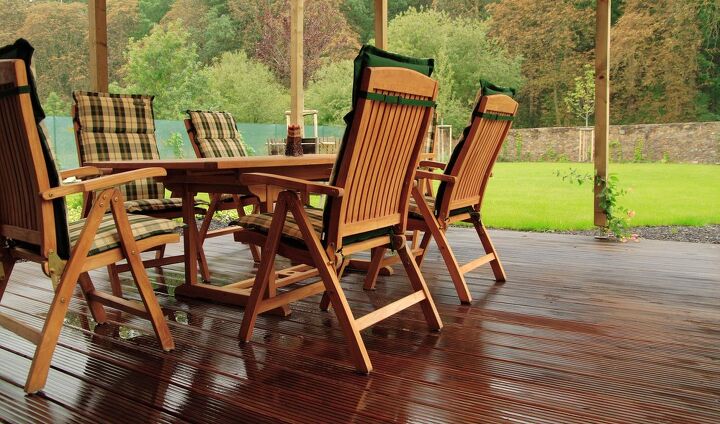






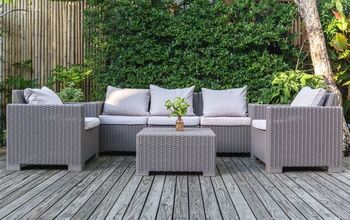
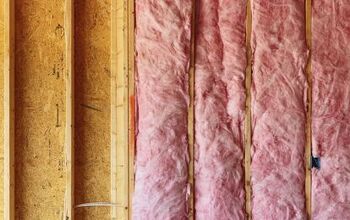
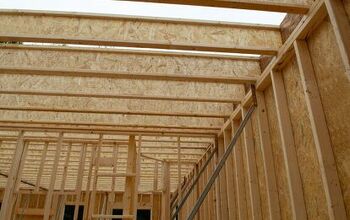
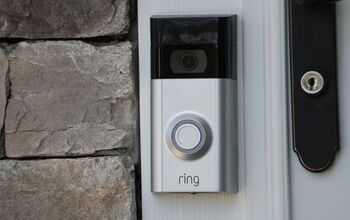
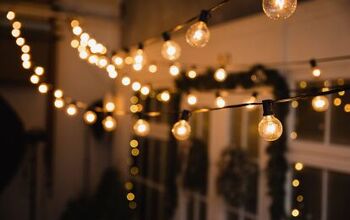












![How To Reset A Whirlpool Cabrio Washer [In 5 Easy Steps!]](https://cdn-fastly.upgradedhome.com/media/2023/07/31/9076531/how-to-reset-a-whirlpool-cabrio-washer-in-5-easy-steps.jpg?size=350x220)